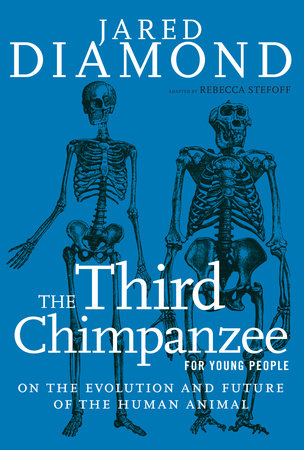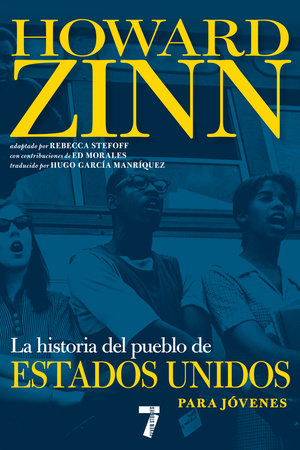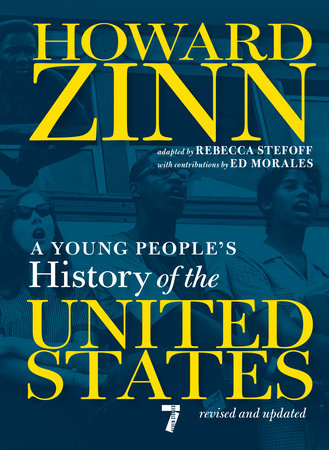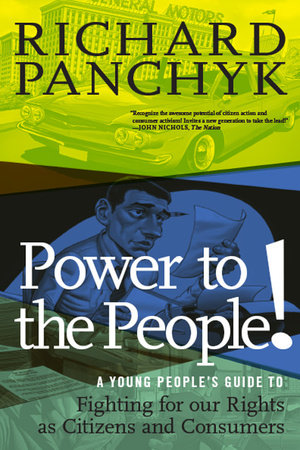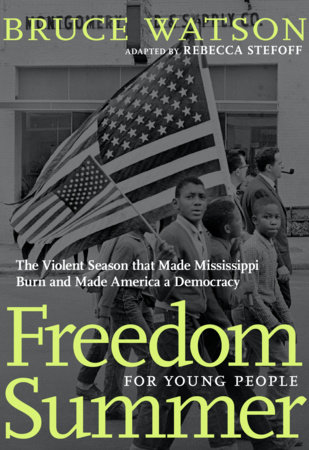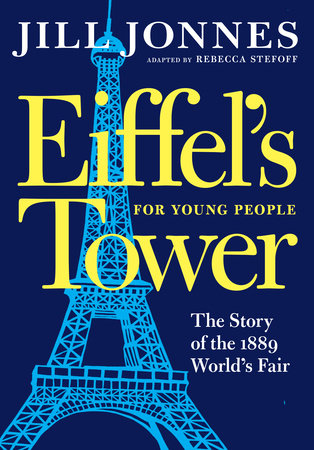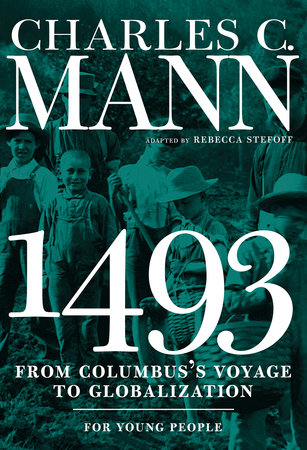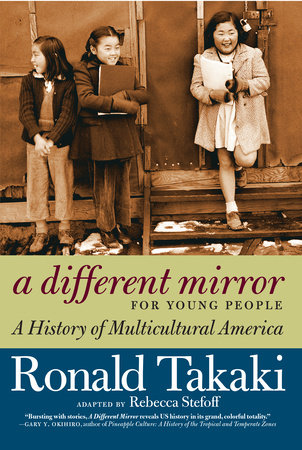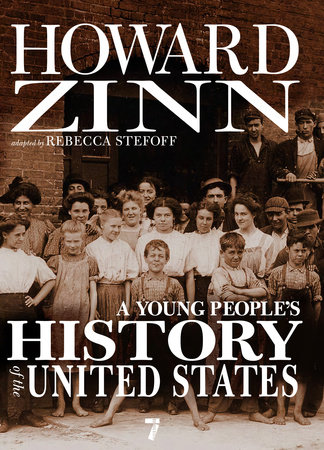The Third Chimpanzee for Young People
On the Evolution and Future of the Human Animal
Jared Diamond; adapted by Rebecca Stefoff
Paperback
May 19, 2015 | ISBN 9781609806118
AmazonBarnes & NobleBooks A MillionBookshop.orgHudson BooksellersPowell'sTargetWalmart
Ebook
October 7, 2014 | ISBN 9781609805234
AmazonApple BooksBarnes & NobleBooks A MillionGoogle Play StoreKobo
About the Book
With fascinating facts and his unparalleled readability, Diamond intended his book to improve the world that today’s young people will inherit. Triangle Square’s The Third Chimpanzee for Young People is a book for future generation and the future they’ll help build.


